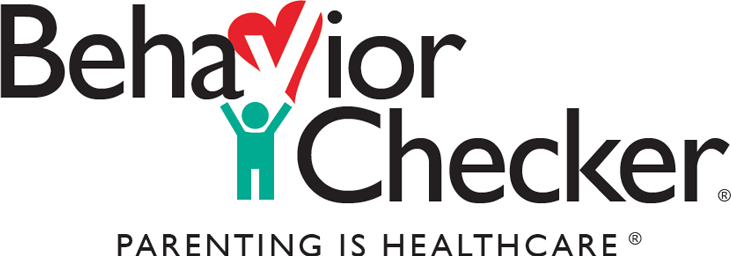What to do:
Self-talk. Say to yourself, "I want my child to learn good manners, so he can be respectful of others. I feel better when people treat me with respect and want him to learn how. I don't like his bad manners, but it's just shows me that he doesn't know good manners unless I teach him."
Empathy. Ask yourself, "How would I know if something I did was bad manners or good manners? I wouldn't know that unless someone told me what was right and wrong to do."
Teach. Tell yourself, "I can help my child learn what bad manners and good manners are, and why using good manners is important."
Practice Empathy When Using Screens. When your child has his face in his laptop or phone screen instead of looking at you when you're talking to her, ask: How would you feel if I looked at my phone, ignored you and kept texting while you were talking to me? Say, "It is important to show people respect. Looking at someone when she talks to you is respectful. You may be able to do two or three things at once, but it is polite to give people attention. That shows them that you care about them and what they say."
"Play Good Manners" Rules at a Non-eating Time. Your child needs to know what behavior you want her to use in restaurants, others' homes and her home. It's best to teach these manners when you're not actually eating a meal. So have frequent "tea parties" where you show her how to use her spoon, keep food on her tray or the table, keep her hands out of her food, and tell you when she's finished eating; practice frequently until these are habits. Tell her, "The rule is: we use a fork and spoon instead of our hands to eat" or "The rule is we say 'thank you' when someone is kind to us."
Model Good Manners. Say, "Please put the book on the table. See, I used the word 'please' because it's a polite way to ask someone to do something. That means I'm using good manners." Or say, "See how I'm holding the door open for the man. That's good manners." Also teach your child to say "thank you" when you help him. And say 'thank you' to him when he helps you!
Praise Good Manners. Point out how nice it sounds when your child says "please" and "thank you, for example. Also tell him that using good manners makes others feel respected. Praise his good table manners by saying, "Thank you for chewing with your mouth closed." When he asks you why it's important, explain that it is polite to close your mouth when you chew, just as it is polite to use a napkin to wipe your mouth when you get food on your face.
Remind about Manners Rules. When your child forgets the manners rule, say, "Remember the rule: we eat with our fork, not our hands," or "Remember, we say thank you when someone does something nice for us."
What not to do:
Don't Nag. Don't say, "How many times do I have to tell you to chew with your mouth closed?" Nagging offers no motivation for your child to follow your directions. Nagging only teaches your child to tune you out and to use nagging to motivate others. It doesn't teach him to value manners or show him how to use good manners.
Don't Belittle and Shame. Don't say, "You are eating like a pig," or "Aren't you ashamed you didn't say thank-you when Grandma gave you a treat?" Belittling and shaming a child doesn't teach him good manners. Trying to motivate a child by shaming him tells him that your love is conditional, which means that you only love him when he follows your rules.
Don't Make Meals a Manners Battle. Don't continually yell orders at your child to use good manners-saying "Sit up straight!" or "Use your fork!" or "Use your napkin!" Instead, praise little bits of progress by saying "I like the way you picked up your fork. It's so nice to see you use a fork instead of your fingers to eat broccoli."
